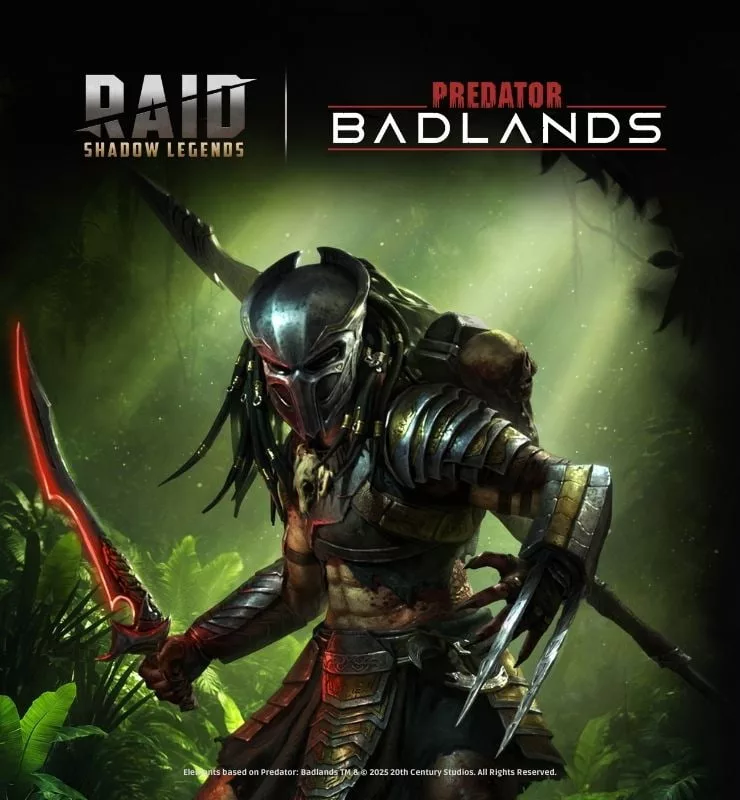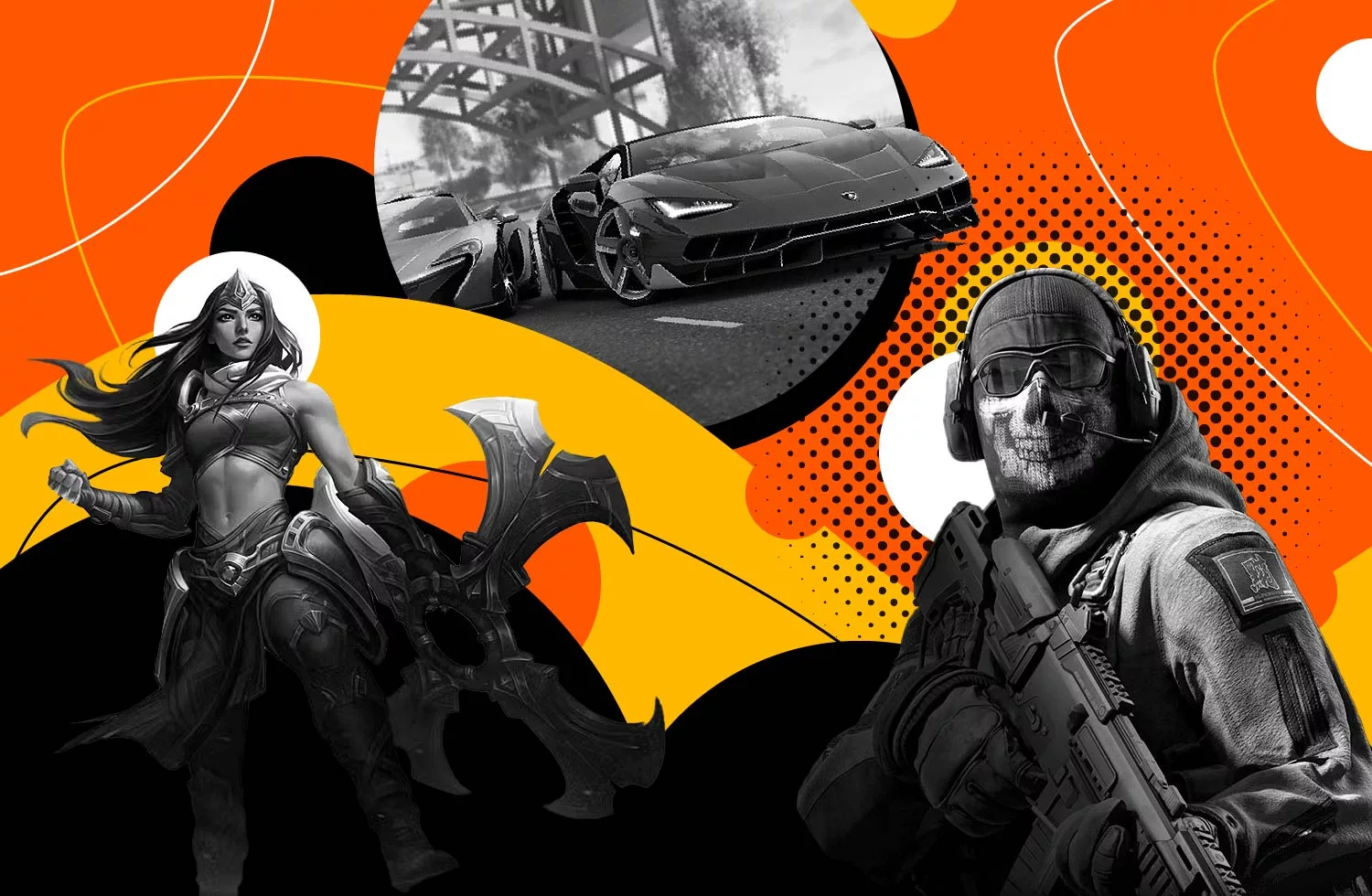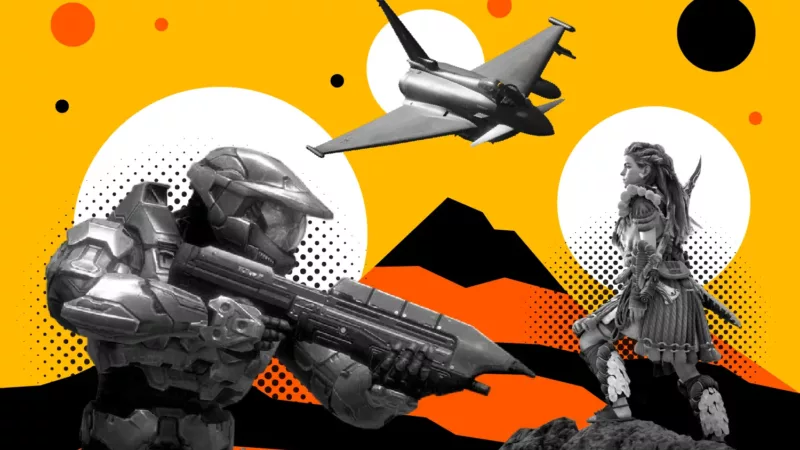
“Can MMO (Massively Multiplayer Online) games become eSports?” is a question that many gamers, and many developers, have asked themselves. The simple answer? Yes. MMOs can be eSports.
In fact, some MMORPGs (Massively Multiplayer Online Role-Playing Game) have already made the first steps into the competitive arena with various degrees of success.
Sadly, it’s not that simple. Some major challenges are standing in the way of developers who wish to see their game among the great MOBAs (Multiplayer Online Battle Arena) and competitive shooters of our generation.
MMOs, and especially MMORPGs are big, complex and require a ridiculous amount of time to play for any substantial progress – all traits which most eSports games try to avoid. However, it is possible to create an interesting and compelling MMO eSports experience, despite these challenges.
So what does it take an MMORPG to make it as an eSport and how will the growth of eSports allow it? That’s exactly what this article hopes to answer!
What Are eSports?
First, let’s cover our basics. eSports, or “electronic sports,” are organized competitions and tournaments of multiplayer video games. In other words, it’s the official name for the competitive video gaming professional circuit – just like the NBA Playoffs, for example.
Professional gamers compete against each other either online or face-to-face in a test of skill, reflexes and endurance. Just like in football or boxing, trained individuals, or sometimes whole teams, face-off to win prestige, worldwide recognition and large monetary prizes that reach the millions of dollars. Instead of on a field or in a ring, gamers compete using an “electronic system,” or video games in layman terms.
Is There Only One Genre to eSports?
eSports games tend to be highly competitive. Essentially, these center around teams of players that fight each other online in enclosed arenas.
In the early 2000s, these were usually real-time strategy games, but since 2010 the MOBA and the first-person shooter are the most popular eSports genres. However, almost every game with a competitive edge can find an audience and a dedicated pro-gaming scene. Fighting games, racing games and even collectible card games are all very popular in today’s eSports scene. The rule is simple – as long as a game is fun and intense to watch, it can find success as an eSports title.
The Growth of eSports over Time
Competitive gaming has been around for ages, beginning with the first Space Invaders Championship of 1980. However, eSports as we know them today only started to evolve in the first decade of the 21st century.
Many point at StarCraft, a top-rated real-time strategy game released in 1998, as the first true eSport title. In the year 2000, the StarCraft craze swept over South Korea, and a huge Pro-gaming scene was established. Pro-gamers became media celebrities, and tournaments were televised over three dedicate TV channels. The game’s impact on the country was so great, that if you googled “South Korea official sport,” the first result was StarCraft II (even though it’s actually Taekwondo).
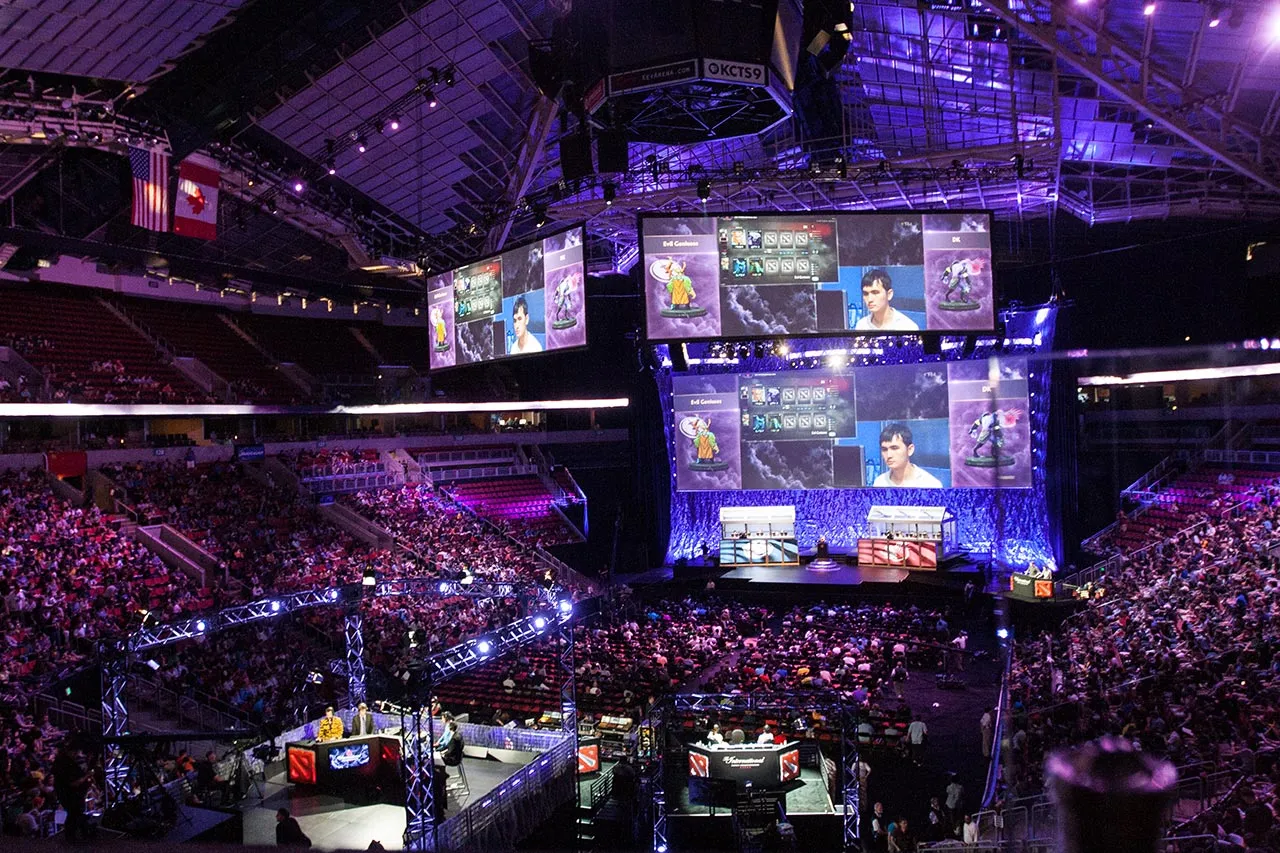
eSports Expansion at the Turn of the Millennium
Since then, eSports’ popularity had grown beyond the borders of South Korea and Asia. Today they’re a recognized sport in all of Europe and The Americas. Tournaments draw in huge crowds that fill entire stadiums and are broadcasted live on the internet through several popular online streaming services.
In fact, eSports are the hottest trend in video games right now. In 2016, 324 million people from around the globe watched, talked or participated in some sort of eSports event. This resulted in roughly $500 million in revenue, mostly from media rights, tickets, advertising and sponsorships.
Every video game company aspires to create the “next big thing” in eSports. And for good reason – Riot Games, the developer of the MOBA and eSports sensation League of Legends, earned over $1.6 billion in 2015 just from that one, free-to-play game. With over 100 million active players each month, it’s no wonder. Much of this popularity is due to the game being one of the most well-known eSports titles in the world, with an official league system and World Championship.
It’s safe to say eSports are a pretty big deal these days, and that every multiplayer game out there wants a piece of the action. However, there is one prominent genre the eSport craze skipped almost entirely – Massively Multiplayer Online games.
How the Growth of eSports Is Setting the Scene for MMOs
MMOs are large-scale games where millions of players come to explore, fight and socialize together in a vast digital world. The most well-known sub-subgenre of MMO is MMORPG , which was popularized by games like World of Warcraft and RuneScape in the early 2000’s.
Other sub-genres include the MMORTS (Real-time strategy), MMOFPS (First-person shooter), and even MMOs social games like the notorious Second Life. For the sake of keeping things relatively simple, we’ll focus on MMORPGs and touch on a few more later on.
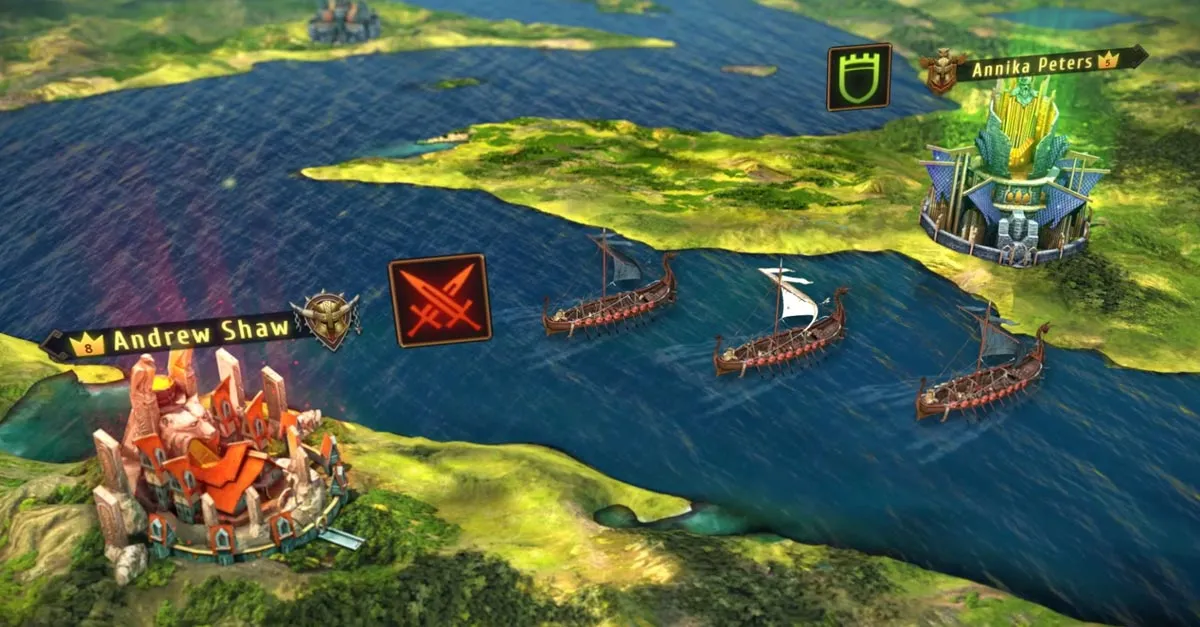
Being both multiplayer and competitive, MMOs seem to be perfect eSports titles, at least in theory. So why don’t we see more of them in the eSport scene? Well, it isn’t for lack of trying.
WoW (World of Warcraft), arguably the world’s most famous MMORPG, came out in 2004 but didn’t have a PvP (player-versus-player) mode until 2007, when Blizzard finally realized the potential tournaments had in drawing in new crowds. For a time WoW was indeed very popular with both viewers and competitors, but it didn’t last very long. In 2010, Major League Gaming, the largest third-party eSport tournaments authority, has removed World of Warcraft from its lineup, blaming the game’s problematic spectating software.
PvP to the Rescue!
However, people still seem to enjoy watching World of Warcraft PvP – just ask Jackson “Bajheera” Bliton, who won Blizzard’s 2014 Best World of Warcraft PvP Streamer award. As of 2017, Bliton has over 300,000 followers and 20 million views on Twitch, a popular online streaming service.
Note that League of Legends isn’t even the most watched video game on Twitch. According to market research by Newzoo, LoL comes in in third place, surpassed by Dota 2 (another MOBA) in second and Counter-Strike: Global Defense, a competitive FPS, in first. WoW didn’t even make the top 10 list, nor did any other MMO for that matter. Bliton claims that this gap between traditional MMO and eSports games exists for one main reason: people don’t watch World of Warcraft because they are interested in the matches. Instead, they merely want to see how high-level players play so that they can improve their own game.
The PvP Dilemma
It is hard to blame viewers for not sticking around to watch somebody play an MMORPG for the fun of it. MMORPG titles are usually rather slow, and their core experience doesn’t make for a thrilling viewing experience. It’s important to remember that eSports are first and foremost spectator sports; if viewers do not enjoy watching the game play out, then the game won’t work as an eSports title, and that’s that.
One of the best ways to draw in eSports fans is, of course, providing engaging Player-versus-Player matches for them to watch. However, MMOs are not always built with competitive play in mind and tend to focus more on exploration, quests and more cooperative activities.
These fall under the definition of Player-versus-Environment (PvE), where players fight against a computer-controlled enemy, or against the game itself. Since PvE isn’t nearly as competitive as PvP is, that’s somewhat of a problem for MMOs wishing to break into the ever-growing eSports scene.
PvE vs. PvP
Even if developers do decide to focus more on PvP to appeal to the eSports crowd, they run the risk of alienating their core player base. MMOs live and die on their content, and adding new things for players to do and experience is key to maintaining a happy, lively community. Balancing between improving the PvP and adding new PvE content is difficult, and most developers prefer to focus on the latter, especially when it comes to MMORPGs.
What to Do With All That Loot?
The lack of PvP focus isn’t the only major issue most MMO games have to deal with.
Let’s say an MMORPG is centered on a competitive experience – there’s still the issue of loot, gear and permanent character progression. Gathering loot and XP to improve your character’s abilities and traits is a staple in every RPG, but being stronger only because of an item you possess doesn’t work in sports. Simply put – it’s unfair. In every good eSports title, being better than your opponents means having a better strategy, reflexes and skills, not having a bigger sword.
Julianne Harty, brand manager of Blade & Soul at NCSoft, put it quite accurately:
“Any sport-related activity needs to be easy to pick up but difficult to master, and your proficiency in the sport should not be reliant upon the type of equipment that you use.”
Blade and Soul is unique in the way it approaches its combat. Unlike in other MMORPG games, combat isn’t driven by statistics or loot, but by the player’s skill and reflexes, similar to online fighting games.
“Being competitive [in Blade & Soul] requires skill and knowledge,” Harty continues. “It becomes entirely about the player themselves rather than the choice of class or the equipment of the character.”
However, this still doesn’t solve the issue of character progression, or “character level.” The higher the character’s level, the more the skills and abilities it has. This gives veteran players an immense advantage over any newcomer, effectively demolishing any hope a game has of sustaining a growing competitive community.
On the other hand, you can’t just take a character someone invested time (and often even money) into, and reset its stats every time it goes into a PvP match. It might work with the more dynamic MOBAs, where each of the dozens of characters has predetermined abilities, but not in an MMORPG where players create their custom characters from scratch.
Success Outside the Realm of MMORPG
Up until now we mostly covered MMORPG, and although it is the most common sub-genre of MMO, it is hardly the only. Strategy MMO games, MMO shooters, and Survival titles are popular enough to warrant consideration. It comes with little surprise that these sub-genres find more success as eSports titles, mainly because they are, well… less massive.
World of Tanks has been enjoying some success as an eSport title ever since the Wargaming League started in 2013. Its spin-off, World of Warships, seems to be doing even better after an excellent debut as a competitive title at the 2016 Wargaming League Grand Finals in Warsaw.
Growth of eSports within MMO Subgenres
Ark: Survival Evolved, an MMO survival game, launched a standalone competitive mode called Survival of the Fittest – a Multiplayer Online Survival Arena (MOSA) where players compete to be the last survivor on an island.
While these games do have a modicum of success, both are relatively new to the eSports scene and are still not popular enough to compete in the big leagues, so to speak. Another problem is that both games sacrifice the very things that make them an MMO, mainly the “massive” part, to appeal to eSports players.
Keeping It Big by Keeping It Competitive
So can MMO games inject themselves into the eSport scene without abandoning their roots? We believe so.
RuneScape, a Fantasy MMORPG, conducted an interesting experiment involving eSports and MMOs. The goal was to find a way for an MMO game to remain massive while still work as an eSports title. One of the ideas they came up with was what Studio Head and Product VP, Phil Mansell calls “MMORPG on fast-forward.”
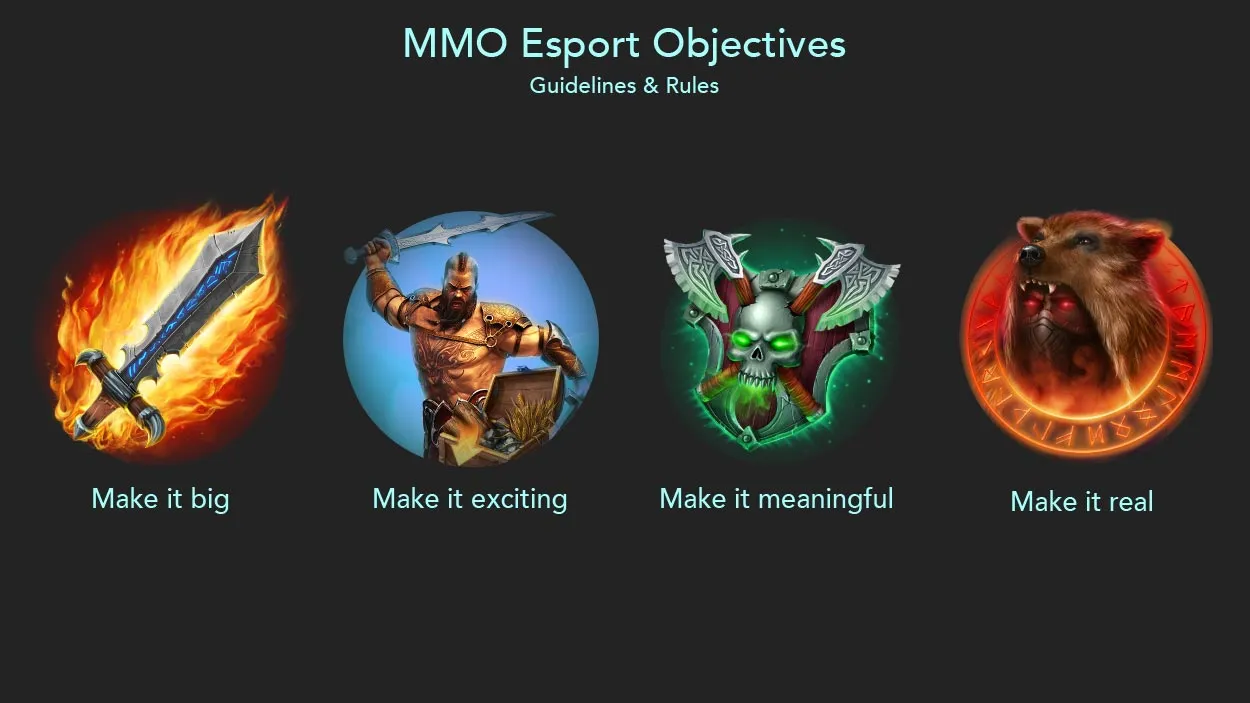
Picture this, if you will: an MMO tournament that spans several days, where hundreds or thousands of players start from scratch on a new server. Progression rates are massively boosted so that participants can level up and develop their characters in a matter of hours instead of days. The ultimate goal is simple and very similar to the one we see in MMO eSport matches today: survive. This is the familiar concept of Last Man Standing, only on a much larger scale.
Having so many players competing all at once is a recipe for action and drama: large battles between groups of players, heartbreaking betrayals and nail-biting showdowns. The “match” might be somewhat longer than what most eSports fans are used to, lasting a few hours each day. But with so many active players and so many different things happening, it will never be boring.
eSports MMOs: Connecting People
Viewers will also find it easier to connect with and root for their favorite players and characters, as they are with them from the very beginning of this long journey. Being there for all of an MMO player trials, victories and defeats is akin to following the career of an athlete or a sports team.
The Future of MMOs with the Growth of eSports
MMOs are already a part on the eSport scene, albeit right now it’s a rather small part. There’s a lot of potential there, and we won’t be surprised if more and more MMOs will start eyeing this lucrative niche in the near future.
MMOs don’t need eSports to stay relevant, but with free-to-play becoming the dominant payment model for most of these games, developers will be looking to eSports as a powerful marketing tool.
Merging MMO with the Growth of Esports
However, that doesn’t mean MMOs will start dying out or forgo what made them popular, to begin with. First of all, there is still a huge audience for the “classic” MMO experience, be it RPG or otherwise. Second, there are creative ways to ensure a renowned focus on competitive gameplay won’t come at the expanse of the more traditional MMO elements.
By simplifying combat, allowing for more flexible character builds, and keeping PvP experiences massive, MMOs can bring their own twist into the eSport scene and cement their presence as a major player.

